Quail vs Pigeon
Regarding birds, quails and pigeons are two feathered friends that often find themselves in the spotlight. But what sets these avian wonders apart, and how do they each contribute their unique charm to the avian kingdom? In this article, we’ll embark on a journey to explore the differences and similarities between quails and pigeons.


Characteristics and Uses
Small but Mighty
Quails, often called the “pocket rockets” of the bird world, are known for their diminutive size and charming appearance. They’re like the dainty ballerinas of the avian stage. These ground-dwelling birds, typically 6 to 8 inches long, sport mottled plumage that helps them blend into their natural habitats. Quails can be found globally, inhabiting diverse environments, from forests to grasslands.
For example, the Northern Bobwhite quail, with its beautifully patterned plumage, is a common sight in the grasslands of North America. Its small size allows it to easily scuttle through dense vegetation, making it well-adapted to its environment.
Culinary Delights
Quails have made a name for themselves not just for their cuteness but also for their delicious offerings. Their eggs, often called “mini marvels,” are sought after by gourmets for their delicate flavor and small size. Picture a sunny-side-up quail egg adorning a gourmet dish – it’s a true culinary delight.
You sit at a high-end restaurant, and your dish arrives with a perfectly poached quail egg. The yolk oozes out, adding a rich, creamy texture to your meal. It’s a miniature masterpiece that elevates your dining experience.
The Rearing Side
For some, quails are a delectable treat and delightful pets. Their small size makes them ideal for urban living, and their gentle disposition makes them friendly additions to your home.
You have a cozy backyard in the city and decide to keep a few quails as pets. Their quiet cooing and quirky behaviors bring a touch of nature to your urban oasis. They become a part of your family, and you enjoy their company while sipping your morning coffee.
Pigeons: Characteristics and Uses
A World of Diversity
Pigeons, on the other hand, are like the avian ambassadors of diversity. They come in a vast array of shapes, sizes, and colors. From the elegant homing pigeons to the strikingly patterned fantails, pigeons have captured our hearts with their variability.
For instance, the Indian Fantail pigeon showcases its unique charm with its extravagant tail feathers that fan out like an elegant plume. It’s a living work of art among pigeons, admired for its beauty.
Cultural Significance
Pigeons have etched themselves into human history in ways few other birds have. They were once messengers of war, carrying vital messages across enemy lines. In peacetime, they became symbols of love and peace, exemplified by the white dove. They’re like the diplomats of the bird world.
In ancient times, armies relied on messenger pigeons to carry crucial communications across battlefields. These pigeons played a pivotal role in wartime, delivering messages that often meant the difference between victory and defeat.
Feathery Companions
Pigeons also earn their keep as loyal companions to many pigeon fanciers. The world of pigeon racing is a thrilling pursuit where these birds showcase their incredible speed and navigational skills.

You’re at a pigeon racing event, watching in awe as a flock of pigeons takes off into the sky. Each pigeon has a unique identification band, and they zip through the air at astonishing speeds, racing back to their respective lofts. It’s a heart-pounding competition that demonstrates the remarkable abilities of these birds.
Diet and Feeding Habits
Quail Feeding Habits
Quails are versatile eaters, adopting an omnivorous diet that includes seeds, insects, and even small vertebrates. They’re like the culinary adventurers of the bird world, sampling a bit of everything that comes their way.
You’re hiking in a wooded area and spot a quail foraging on the forest floor. It pecks at seeds, insects, and even small berries, showcasing its adaptability as it finds sustenance in its natural habitat.
Pigeon Feeding Habits
Pigeons, in contrast, are herbivores with a penchant for seeds. They’ve got special adaptations, like a muscular crop to store food, that help them make the most of their seed-centric diet. They’re the gourmet connoisseurs of the avian buffet, savoring each seed with precision.
You stroll through a city park, and a group of pigeons gathers around, cooing as they peck at scattered seeds. They’re expert foragers, carefully selecting the tastiest morsels from the offerings of passersby.
Behavior and Social Structure
Quail Behavior
Quails are known for their somewhat solitary nature. They’re like the introverts of the bird world, often seen foraging alone or with a small group. When it comes to nesting and mating, quails tend to be discreet, choosing hidden spots for their precious eggs.
You’re in a meadow and spot a covey of quails moving stealthily through the tall grass. They maintain a close-knit group, blending their cryptic plumage into their surroundings. Their nests are well-concealed, tucked away to protect their vulnerable eggs.
Pigeon Behavior
Pigeons, in contrast, are highly social creatures. They flock together in bustling city squares or perch on telephone wires in large groups. Their courtship rituals, complete with cooing serenades and synchronized dances, are like romantic movies played out in the skies.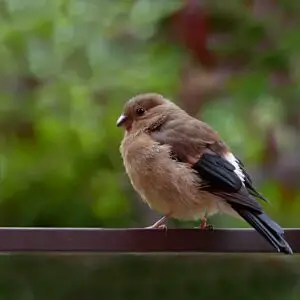

You’re in a city plaza, and pigeons of various colors gather, strutting around purposefully. Their interactions are filled with coos and fluffed feathers as they engage in elaborate courtship displays. It’s a lively spectacle of avian social life.
Reproduction and Life Cycle
Quail Reproduction
Quails lay eggs that resemble mini miracles. After an incubation period, tiny quail chicks hatch, resembling miniature versions of their parents. They grow quickly and are soon ready to explore the world.
Imagine this: A quail mother diligently incubates her eggs in a hidden nest. After a few weeks, tiny quail chicks emerge, fluffy and vulnerable. As they grow, they follow their mother, learning the art of foraging and survival.
Pigeon Reproduction
Pigeons are known for their close-knit families. They build nests in nooks and crannies, and both parents take turns incubating the eggs. Once hatched, pigeon chicks are fed a special substance called “pigeon milk” by their parents, a unique feature in the avian world.
For instance, in a cozy nook on a rooftop, a pair of pigeons take turns incubating their eggs. When the chicks hatch, both parents are responsible for feeding them with regurgitated pigeon milk, a nutritious and essential start to their lives.
Economic Significance
Quail Farming
Quails are not just backyard pets but also valuable commodities in the culinary industry. Their tiny eggs and tender meat are prized by chefs and food enthusiasts alike. The quail farming business has soared, providing a unique niche in the market.
Consider this: You visit a quail farm where thousands of quails are raised for their eggs and meat. The quails are kept in spacious, well-maintained enclosures, and their eggs are collected daily for sale to local restaurants and markets. It’s a thriving industry that showcases the economic importance of these birds.
Pigeon Breeding and Racing
Pigeons are the stars of racing competitions, where breeders and enthusiasts gather to watch these birds take flight. Fancy pigeon breeding is also a thriving hobby, with pigeon fanciers meticulously selecting and breeding pigeons for their distinct traits.
Think about this: You attend a pigeon racing event with an electric atmosphere. Pigeon fanciers release their trained pigeons, and spectators watch with bated breath as the birds navigate complex routes to return to their lofts. It’s a thrilling blend of competition and camaraderie.
Cultural and Symbolic Associations
Quails in Mythology and Folklore
Quails have appeared in various cultures’ myths and folklore. In some traditions, they symbolize courage and protection. In others, they are linked to abundance and good fortune.
For example, in Native American folklore, the quail is often associated with bravery and protection. Its distinctive call is believed to be a warning signal, alerting tribes to potential dangers.
Pigeons as Symbols of Peace and Freedom
Pigeons have cemented their place as symbols of peace and freedom worldwide. The image of a dove carrying an olive branch is an enduring symbol of hope and reconciliation.
In times of conflict and strife, people release white doves into the sky to symbolize their desire for peace. The sight of these doves soaring into the heavens conveys hope and unity, transcending language and borders.
Conservation Status and Threats
Quail Conservation Concerns
Quails, especially certain species, face habitat loss and hunting pressures. Conservation efforts are vital to ensure their survival in the wild.
You’re meeting with conservationists discussing efforts to protect the California Quail, a species facing habitat fragmentation due to urban development. Collaborative initiatives are underway to create wildlife corridors and preserve their natural habitats.
Pigeon Conservation Status
Pigeons, particularly urban-dwelling pigeons, have adapted well to human environments. While some pigeon species face challenges in the wild, others thrive in cities, often forming large populations.
In a bustling metropolis, urban planners implement measures to provide safe nesting sites for pigeons while also managing pigeon populations to prevent overcrowding and ensure a harmonious coexistence with city dwellers.
Conclusion
In the world of birds, quails and pigeons each bring their unique charm and significance. Whether you’re drawn to the culinary delights of quail eggs, the cultural symbolism of pigeons, or the diverse behaviors of these feathered creatures, there’s a place for both in our hearts.
So, the next time you spot a quail scurrying through the underbrush or a pigeon cooing on your windowsill, take a moment to appreciate the intricate tapestry of life these birds contribute to. Ultimately, it’s not about choosing one over the other but celebrating the rich diversity of the avian world.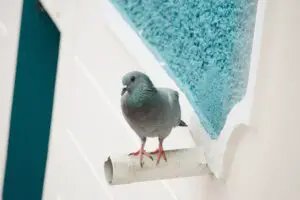

As we continue to coexist with these remarkable birds, remember that they hold a special place in our shared history and culture, reminding us of the beauty and wonder of the natural world. Whether in our backyards, on our plates, or in our stories, quails and pigeons are more than just birds; they’re part of our shared human experience.

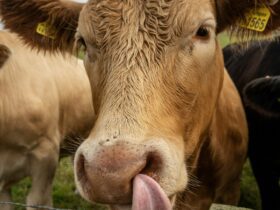
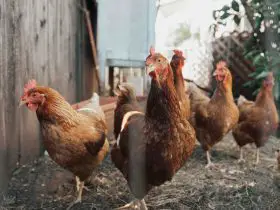
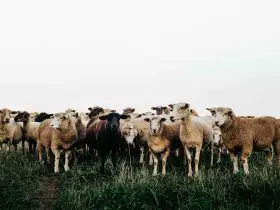
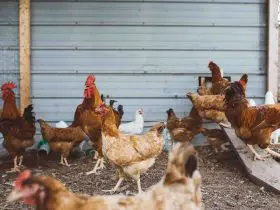
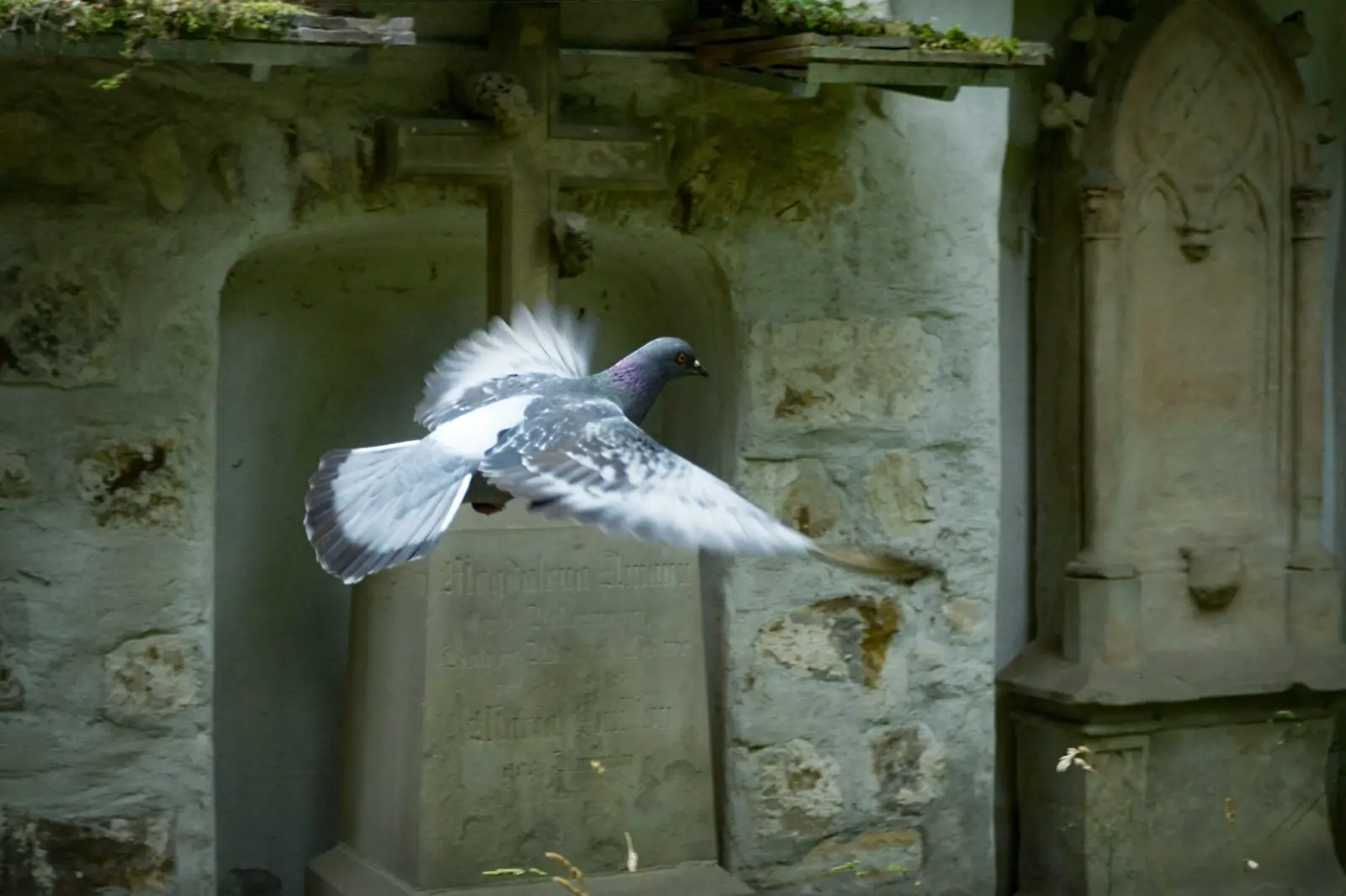
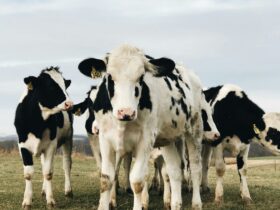
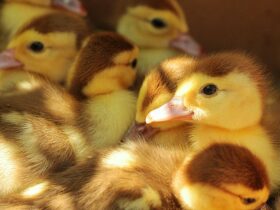
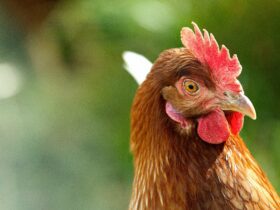
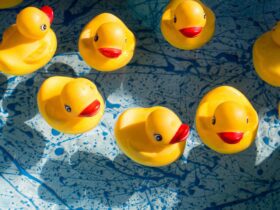
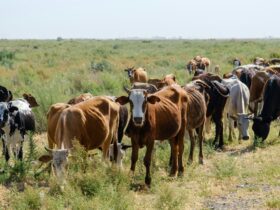
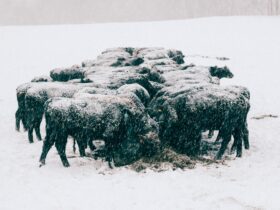
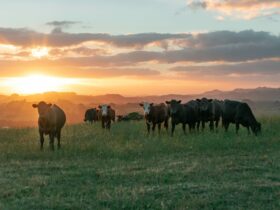

Hello!! Welcome to Anim Farm